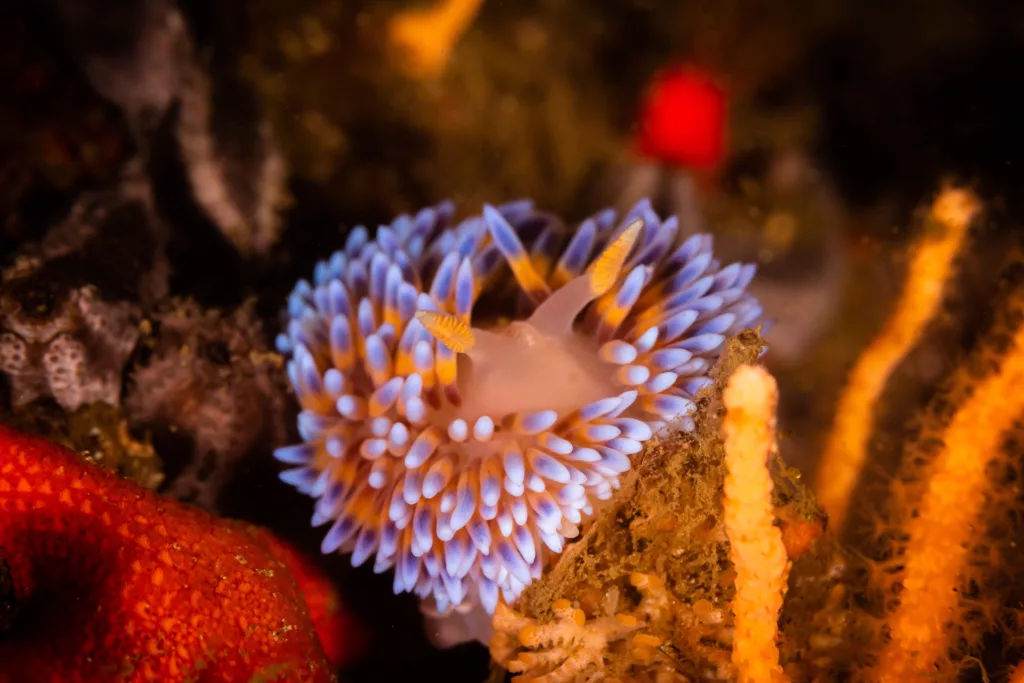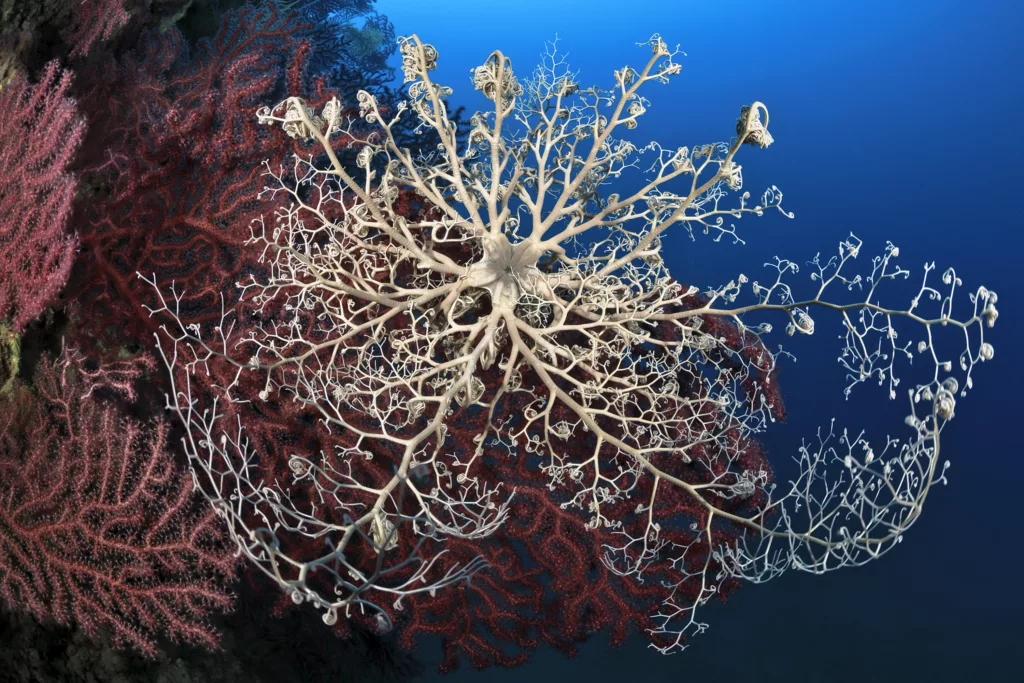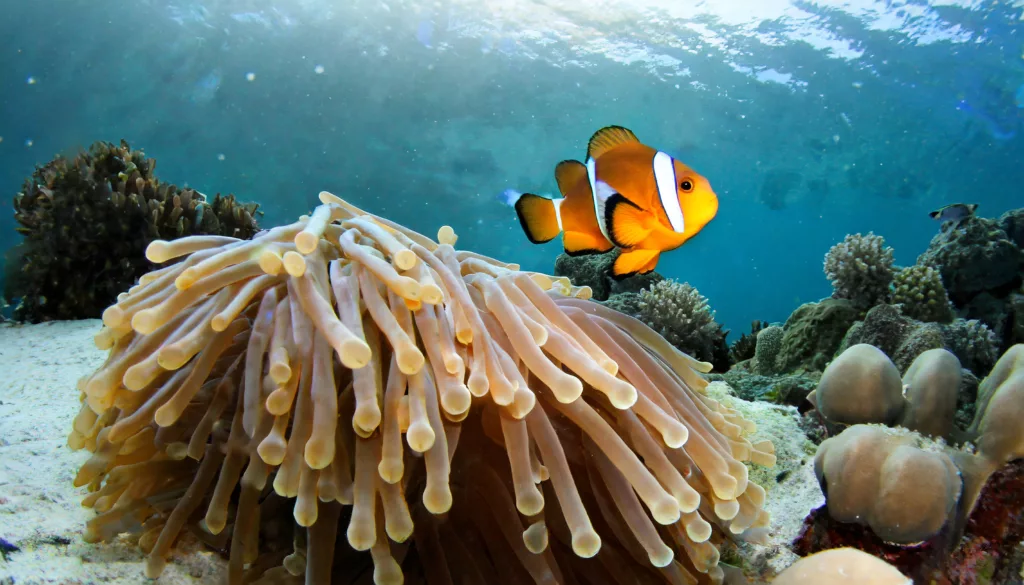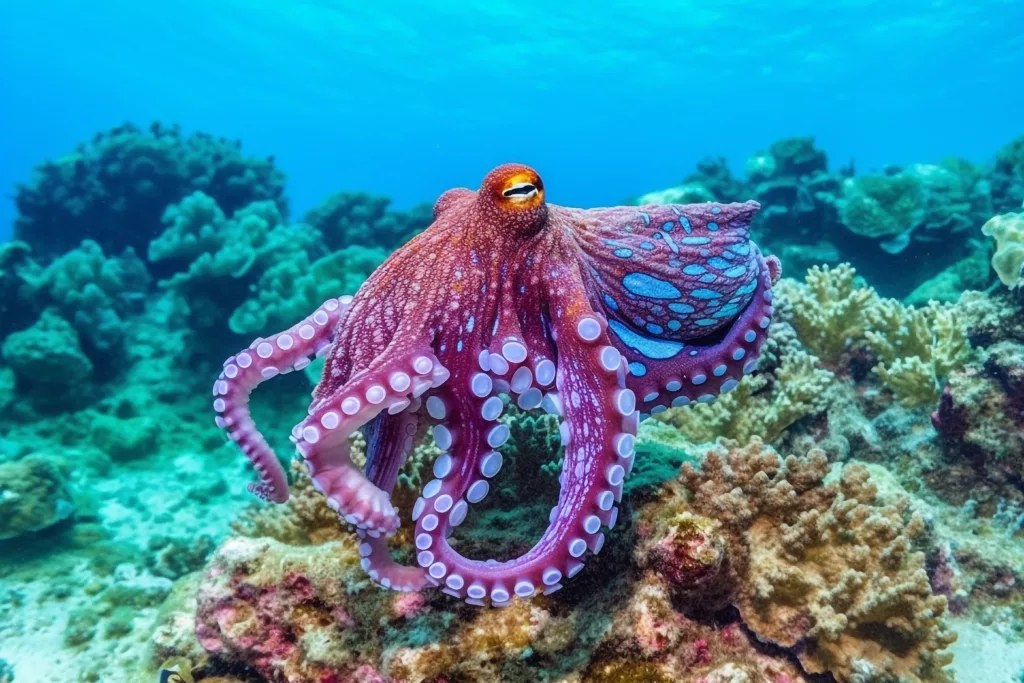Imagine you’re submerged in the enchanting waters of Bali, amidst vibrant coral reefs and exotic marine life. As thrilling as scuba diving can be, it also comes with inherent risks that require robust communication, especially in emergencies where every second counts. In the depths of the ocean, where traditional verbal cues vanish into the blue, non-verbal communication emerges as a vital lifeline. This comprehensive guide will unveil the unsung hero of underwater adventures—the sophisticated language of hand signals and body language in dive emergencies.
Diving : Understanding the Silent Speech The Basics of Dive Communication
In the realm of scuba diving, efficient communication is not merely beneficial; it’s imperative. Given the inability to speak underwater, divers universally rely on hand signals to convey messages. These signals include basic gestures for ‘okay,’ ‘problem,’ ‘up,’ and ‘down,’ which every certified diver learns during their initial training. However, beyond these basics lies a complex tapestry of gestures designed to handle more specific or urgent scenarios. Mastery of this silent speech ensures safety and coordination, particularly in challenging environments like the popular dive sites in Bali. Divers must be adept in signaling to avoid potentially dangerous misunderstandings. Each gesture serves as a critical tool for non-verbal conversation between divers, addressing various issue from how much air remains to spotting a rare marine creature. It’s a language fostered not out of convenience but out of necessity, bridging the communication gap beneath the waves. This critical skill is as vital as the air in their tanks, as knowing and understanding these signs can be the difference between a successful dive and one that may end hazardously. Effective communication under water involves clarity, simplicity, and quick comprehension. Divers continually practice these skills, ensuring they remain sharp in recognizing and conveying these essential signals.
High Signal Urgency: Decoding Emergency Communications

Imagine facing an unexpected situation where your oxygen levels plummet or equipment malfunctions near a must-visit site like the USAT Liberty wreck in Bali. Standard signals might fall short in conveying the urgency or specifics of the problem. This is where high signal communications come into play—specialized gestures devised for immediate attention and response. Divers are trained to use exaggerated movements or repetitive signaling to indicate distress, ensuring that the message is clear and receivable even from afar or in murky waters. In emergency situations, these high urgency signals become the lifeline between divers. The development and consistent practice of these signals are critical, as they must be readily recognizable and easily distinguished from normal communication gestures. Effectiveness in this high-stakes communication can mean the difference between swift rescue and potential disaster. Therefore, dive training emphasizes not only learning these emergency protocols but also practicing them rigorously in simulated conditions, thus preparing divers to act calmly and decisively under pressure, which is essential for maintaining safety and ensuring immediate understanding in life-threatening scenarios.
Cultural Considerations and Variations in Dive Signals

While many hand signals are universally recognized, regional variations can occur, influenced by local diving culture or environmental conditions. For instance, diving in Bali might expose you to slight modifications in signals compared to diving in, say, the Caribbean. Such differences underline the importance of dive briefings and why divers, especially when traveling to new locations like Indonesia, must familiarize themselves with local variations to avoid miscommunications that could lead to emergencies. This adaptation to local communication styles is vital in maintaining the effectiveness of diver interactions. Understanding that regional nuances can affect communication allows divers to prepare adequately, facilitating safer and more coherent dives. Instructors typically highlight these differences during pre-dive briefings, reiterating that while the core symbols may remain consistent, their execution might slightly vary. This nuanced approach not only enriches the diving experience but also embeds a deeper level of safety into the practice, ensuring that all participating divers are speaking the same non-verbal language, adjusted minimally to fit the local underwater environment.
Practical Exercises to Enhance Non-Verbal Proficiency

Theoretical knowledge of dive signals is a good start, but real-world application cements this communication form. Divers, especially beginners, are encouraged to practice gestures frequently, both on land and in controlled underwater conditions. Engaging in mock scenarios can help divers respond more instinctively during actual dive emergencies. Additionally, visiting popular training sites in Bali allows divers to practice these skills in some of the world’s most beautiful underwater environments, turning a learning experience into an unforgettable adventure. These practical exercises are designed to bridge the gap between knowing the signals and effectively using them in diverse diving conditions. Practices may involve using artificial reefs or simulating low-visibility environments to mimic the possible challenges faced during a dive. This hands-on approach helps divers build confidence in their abilities to communicate silently and effectively, fostering a sense of teamwork and understanding crucial for underwater safety. Regularly engaging in these practices not only sharpens the reflexes but also deeply ingrains these vital communication methods into the diver’s repertoire.
In Silence, Safety Speaks: Concluding Thoughts on Non-Verbal Dive Communication
In the tranquil yet unpredictable realms beneath the ocean’s surface, effective communication is paramount. The bustling dive spots of Bali and beyond not only offer breathtaking underwater adventures but also test the proficiency of non-verbal cues in ensuring diver safety. By perfecting this silent language, divers enhance their ability to handle emergencies with aplomb, ensuring that each dive is not only memorable but also secure. Remember, when diving, your safety—and that of your fellow divers—often lies beyond words, in the realm of gestures.


I must say, this article highlights the importance of effective communication in scuba diving. As a diver myself, I can attest that knowing the proper hand signals and body language is crucial for safety underwater.
Thank you for sharing your experience, Astrid! We’re thrilled to hear that our article resonated with you. At Pebble and Fins, we’re committed to providing the best possible diving experiences in Bali while prioritizing safety above all else. We couldn’t agree more – effective communication is indeed crucial underwater, where verbal cues are often unreliable. Our dedicated training facilities for local staff and surrounding areas aim to promote a culture of safety through education and job opportunities. If you have any questions or would like to learn more about our mission, please don’t hesitate to reach out via e-mail at [email protected] or phone +62 857 3891 8262. We’re always happy to connect with fellow divers who share our passion for the underwater world.
This post brilliantly captures the essence and importance of non-verbal communication in scuba diving. The author goes in-depth into the significance of mastering these signals, which is not just fascinating but vital for the safety of divers. Makes me feel like signing up for a diving course in Bali right away!
I completely agree with this article. In my experience, misunderstandings can quickly become serious issues underwater. This is why I make sure to practice and reinforce these non-verbal cues regularly.
Hi Rizal, thanks for sharing your experience! We couldn’t agree more – effective non-verbal communication is crucial for a safe and enjoyable dive. At Pebble & Fins, we’re committed to providing our guests with the best possible diving experiences in Bali, and that includes ensuring they have the skills and knowledge to communicate effectively underwater. If you have any questions or would like to learn more about our dive courses or packages, please don’t hesitate to contact us at [email protected] or +62 857 3891 8262.
What a great read! As someone who’s always looking to improve my diving skills, I found this article fascinating. The emphasis on local variations and cultural considerations in dive signals is especially insightful.
Dear Fatima, thank you for your kind words about our article on non-verbal dive communication! We’re thrilled to hear that it resonated with you as a diving enthusiast. Indeed, mastering local variations and cultural considerations in dive signals is crucial for ensuring safety and effective communication underwater. At Pebble & Fins, we’re committed to providing our guests with not only an unforgettable diving experience but also the knowledge and skills necessary to stay safe while exploring the beautiful waters of Bali. If you have any questions or would like to learn more about our dive courses, please don’t hesitate to contact us at [email protected] or +62 857 3891 8262. We’d be happy to help you take your diving skills to the next level!